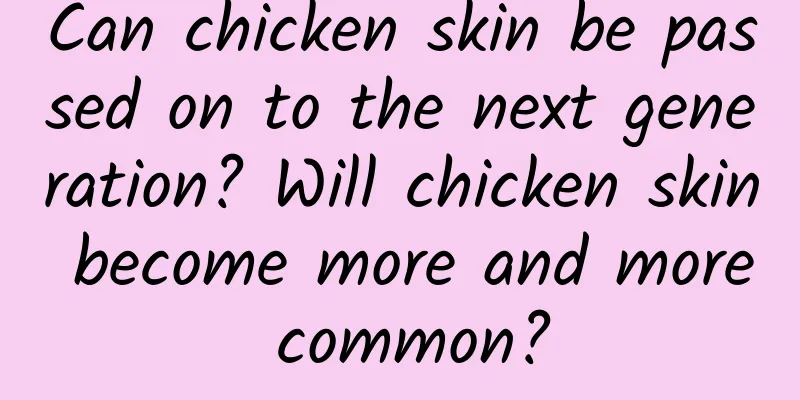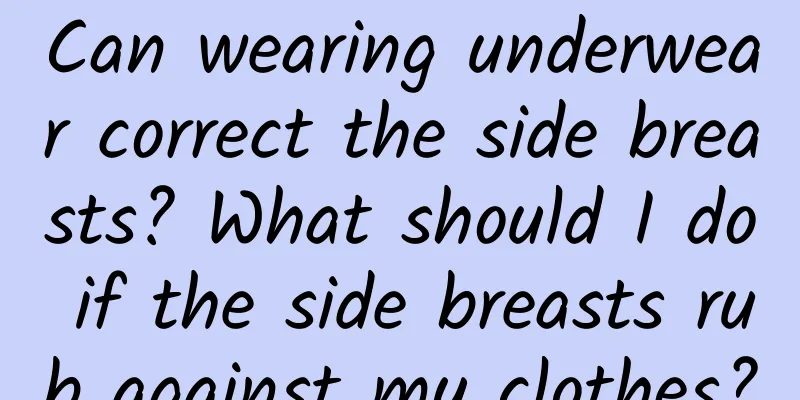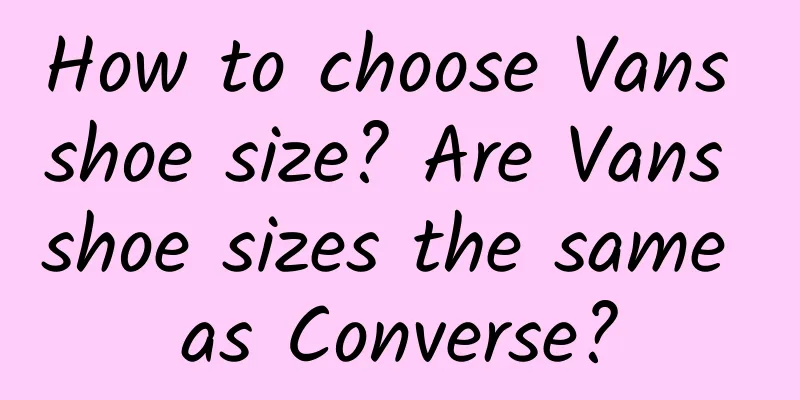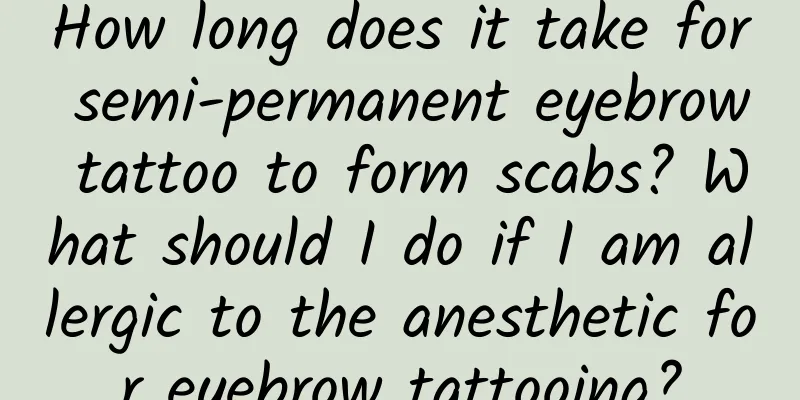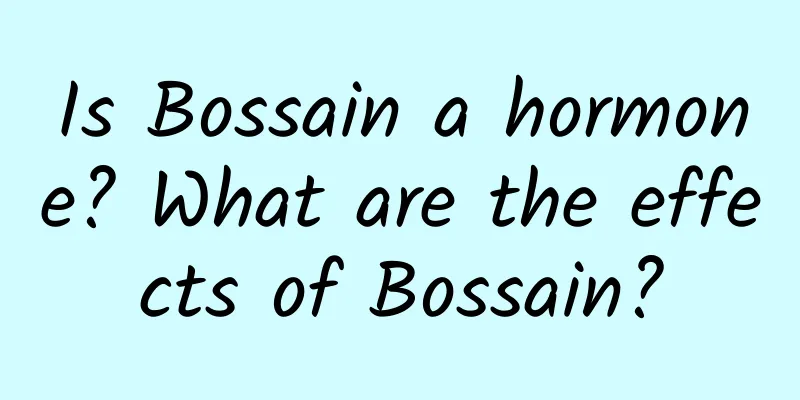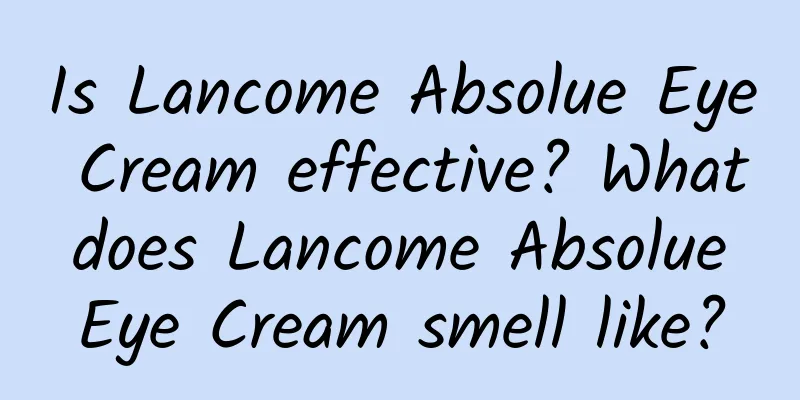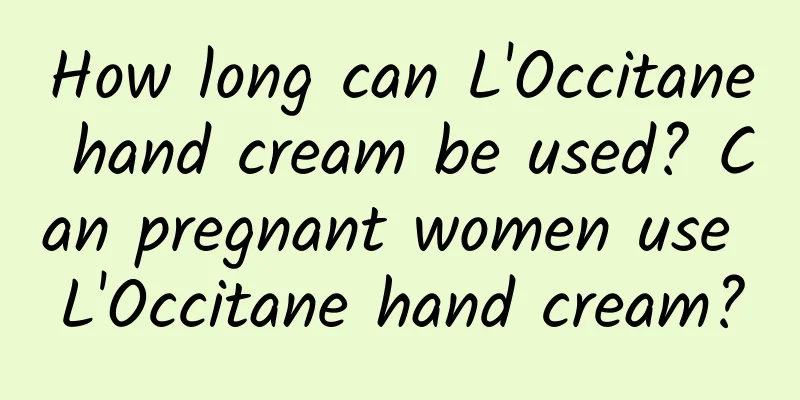The difference between Hanfu and Chinese clothing The difference between Hanfu and tea clothing
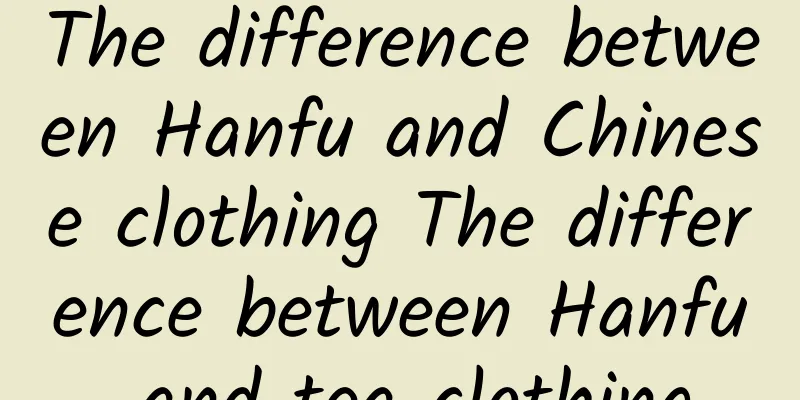
|
Hanfu culture is now very popular among young people. Girls in the Hanfu circle wear Hanfu almost in their daily lives. It is very distinctive and has a very Chinese style. So what is the difference between Hanfu and Chinese clothing? The difference between Hanfu and Chinese clothingThe difference between Chinese clothing and Han clothing lies in concept and scope. First of all, the concepts are different. Huafu originally means gorgeous clothes, and also means traditional Chinese national costumes. The full name of Hanfu is "traditional costumes of the Han nationality", also known as Han clothing, Han costume, and Huafu. Hanfu was finalized in the Zhou Dynasty and inherited in the Qin Dynasty. In addition, the scope is different. It can be said that Huafu covers Hanfu, which has a wider scope, while Hanfu has a narrower scope. The difference between Hanfu and tea dress1. Different definitions (1) Tea clothing, also known as tea clothes, originated in the Han Dynasty. It is a kind of professional clothing with a history of thousands of years and is specially suitable for tea activities. (2) Hanfu was formed through natural evolution in the main residential areas of the Han nationality from the accession of Emperor Huangdi to the middle of the 17th century AD, with the "Huaxia, Han" culture as its background and dominant ideology, and Huaxia etiquette culture as its center, with a unique Han ethnic style and character. 2. Different impacts (1) Hanfu is the embodiment of China’s status as “a country of etiquette and courtesy”, “a country of propriety” and “splendid China”. It carries the Han nationality’s outstanding craftsmanship and aesthetics such as dyeing, weaving and embroidery, and inherits more than 30 items of China’s intangible cultural heritage and protected Chinese arts and crafts. (2) Tea clothing is suitable for the leisurely and relaxed tea-related dressing style of tea lovers, and is also suitable for the natural, simple and individual daily wear of modern people, fully reflecting the unique beauty of harmony in the Chinese humanistic spirit. Common styles of HanfuThe first type is the "deep clothing" system, which is a "top garment and bottom garment" connected together. The most typical type of the upper and lower garment system is the deep clothing. Because it is connected from top to bottom and "covers the body deeply", it is called the deep clothing. It includes straight-hem deep clothing, curved-hem deep clothing, robe, straight-hem, jacket, long gown, etc., which belong to the long clothing category. The second type includes crowns and black and white robes, which are formal dresses for the monarch and officials to attend grand ceremonies such as sacrifices. As the name suggests, it is divided into upper and lower garments. Since ancient times, Chinese clothing has advocated upper garments and lower garments, and stipulated that "the upper garment should be of a straight color, and the lower garment should be of alternate colors", that is, the upper garment should be of a straight and pure color, while the lower garment should be of alternate colors. This method is like "the sky is dark and the earth is yellow", because the sky is formed by the rise of light and clear air, so it uses pure colors, and the earth is formed by the descending of heavy and turbid air, so it uses alternate colors. The third type is the "ruqun" system, which mainly includes the chest-length ruqun, waist-length ruqun, and double-breasted ruqun. In fact, it also belongs to the upper garment and lower skirt system. However, this method does not have many etiquette regulations and is generally used for daily wear. The ruqun is also the biggest reflection of the upper and lower clothing system. "Combing hair on three sides and wearing clothes in two parts" has become a description of the characteristics of traditional women's clothing. Cultural Background of HanfuHanfu culture is the sum of the culture that reflects the Confucian ritual dress system, which runs through the Confucian history system from the Western Zhou Dynasty to the Ming Dynasty, including "Book of Rites", "Book of the Later Han Dynasty·Yufuxia", "Book of Jin·Yufu", "Book of Song·Liwu", "Book of Southern Qi·Yufu", "Book of Wei·Lizhi IV-4-13", "Book of Sui·LiliVII", "Old Book of Tang·Yufu", "New Book of Tang·Chefu", "History of Song·Yufu", "History of Ming·Yufu", and is reflected through sacrificial clothes, court clothes, official clothes, daily clothes and accessories. Hanfu culture has continued from the Three Sovereigns and Five Emperors to the present day (it was forced to be interrupted in the Qing Dynasty), and has been perfected through continuous inheritance. Hanfu culture is a very mature and self-contained millennium culture. In contemporary times, Hanfu culture is gradually reviving through the Hanfu movement, a form of folk cultural movement. |
<<: How many lengths are there for Hanfu skirts? What does a six-meter hem mean for Hanfu?
>>: How to wear Ming Dynasty Hanfu? What are the styles of Ming Dynasty Hanfu?
Recommend
The effect of micro-crystal grinding What should be paid attention to in micro-crystal grinding
Microdermabrasion is a beauty project. Not many p...
What can I use instead of loose powder? Don't ask me why I don't buy loose powder
I believe that many people don't have loose p...
How about spoon drift isolation primer - spoon drift isolation use review
Spoon drift primer is a Japanese primer that focu...
What are the changes of eye contact line tattoo? How much does it cost to tattoo eye contact line?
Speaking of eyeliner, many people must have heard...
Sulwhasoo Air Cushion User Review: Choose the Right Air Cushion Color
Sulwhasoo is a very common makeup brand in our da...
What kind of necklace is suitable for white-collar ladies? Six necklaces that can be kept at the bottom of the box
Women are as confused about jewelry, makeup, and ...
Is it reliable to remove blackheads by dissolving oil into oil? What is the principle of dissolving oil into oil?
The principle of many makeup removers we use is t...
Do you have to hang clothes upside down? Why do you hang clothes upside down?
We usually hang clothes out to dry directly after...
Do I need to wash my face after using the Yuze Centella Asiatica Mask? How long should I apply the Yuze Centella Asiatica Mask?
Yuze is a domestic skin care brand. Yuze's sk...
How long is the shelf life of Whoo? Can it still be used after it expires?
Skin care products all have a shelf life, and dif...
How to iron a pleated skirt How to pleat a pleated skirt yourself
The pleated skirt is a very beautiful skirt for g...
The reason why women lose weight suddenly Is there any harm to women losing weight suddenly
Many girls envy rapid weight loss. In this era wh...
Which brand of slimming bag is good? Massage before bed to lose weight
Losing weight is something that many women talk a...
How many types of Sulwhasoo masks are there? Find the one that suits you
Sulwhasoo skincare products are very common in ou...
Do I need to cut the hem label on Champion? Is Champion available in men's and women's models?
Champion clothes are actually quite popular. Whet...
